Apple has expanded the core iPhone lineup with one more product. The new iPhone 12 mini will please consumers who are looking for a relatively affordable and compact flagship iPhone. In an age where even the smallest / cheapest phones have huge 6″ displays, this 5.4″ device is refreshing, and reminds me of the Sony Xperia Compact variants.
Before we dive deeper into the iPhone 12 mini, here are the links to the other products announced today: (will be updated as the articles are posted)
Design
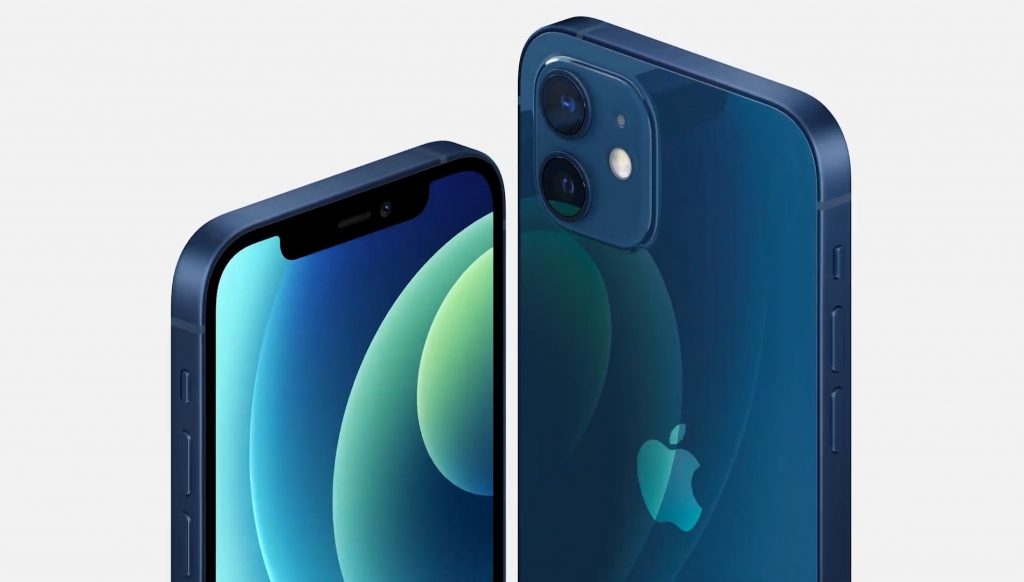
Apple has decided to bring the iPad Pro-style of hardware down to the entire iPhone lineup. Gone are the smooth curves of the 11 series devices, replaced with a new gorgeous boxy design. As with the 11, the back is covered with smooth glass, with the frosted glass being reserved for the Pro devices.
The front of the device still sports a notch, but a narrower one on this smaller device. The bezels have also shrunk compared to the 11. My only “gripe” is that the device might be harder to hold because of the sharp edges (compared to the smooth edges of the 11), but people might just get used to that since phones like the iPhone 5S also had a similar design. This might be more pronounced as we get to the bigger iPhones, though.
The color options available this time are Black, Red, Green, White, and Blue.
Display
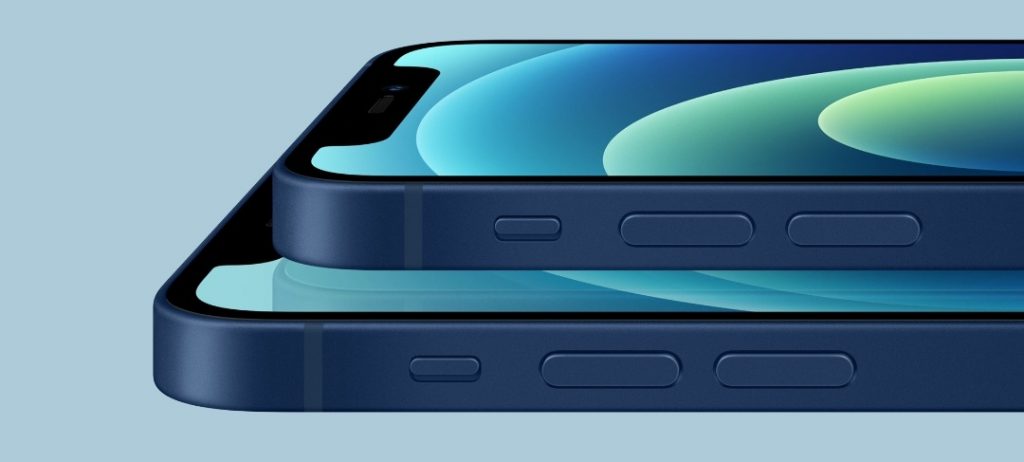
This is one of the major changes from the 11. Instead of a 720p LCD panel, we finally get a “Super Retina XDR” 10-bit 1080p OLED display from LG/Samsung. Expect much better viewing angles, vivid accurate colors, and deeper blacks. Apple’s 720p panels have always looked as good as their competitor’s 1080p panels due to the Retina tech, but this will be a noticeable improvement for the more technological folk.
The display is covered by a “Ceramic Shield” glass, which introduce nano-ceramic crystals into normal glass for upto 4x more drop protection than last generation. So Apple is still touting this as the strongest glass in a smartphone, which does have to be verified in independent durability testing.
There’s no high refresh rate option here, but that’s expected. Apple takes a year or two to properly refine and implement new tech seen in their competitor’s devices, so the Pro phones might get it next year. To segment their devices, the lower cost non-Pro models probably won’t get it for a while.
Internals
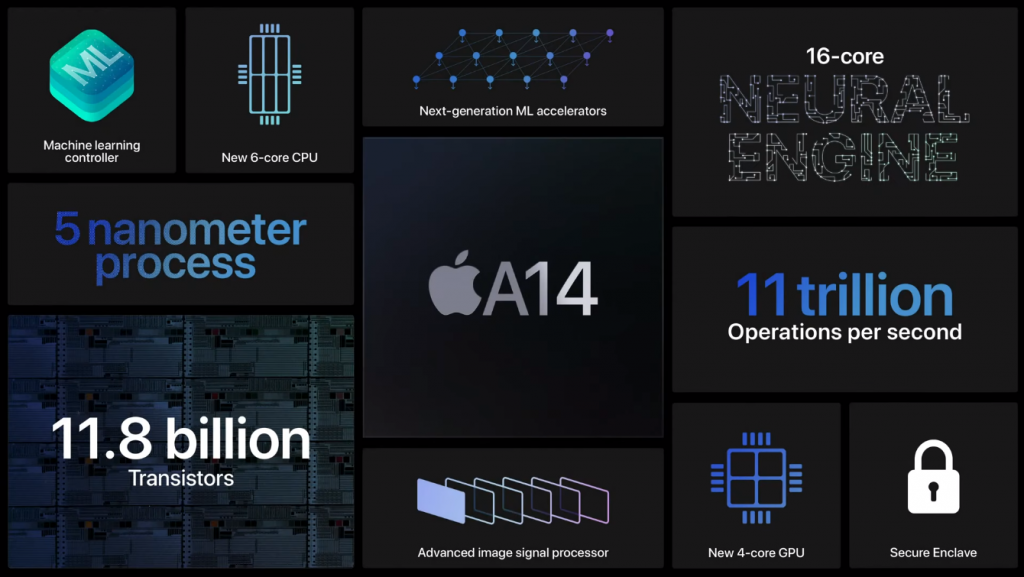
The iPhone 12 mini gets the new A14 Bionic, which was first seen in the iPad Air. The chip performs about on par with the A12Z Bionic seen in the iPad Pro while being more efficient. The phone gets the same 4GB of RAM as the 11, which is plenty considering the high optimization of iOS. Storage options still start at 64GB, which should be illegal for a flagship in 2020, but might be a cost-saving measure to bring down the price. 128/256GB options are available as well.
The only cause for concern I can see here is the battery size. Being physically much smaller compared to the 11, the battery takes a hit as well. Apple doesn’t reveal official numbers, but from leaks we can see that it’s a 2227mAh battery (v/s the 3110mAh cell found in the 11). New reports show that the 12 mini gets 2hrs less video playback compared to the 11, which is something to keep in mind.
Cameras
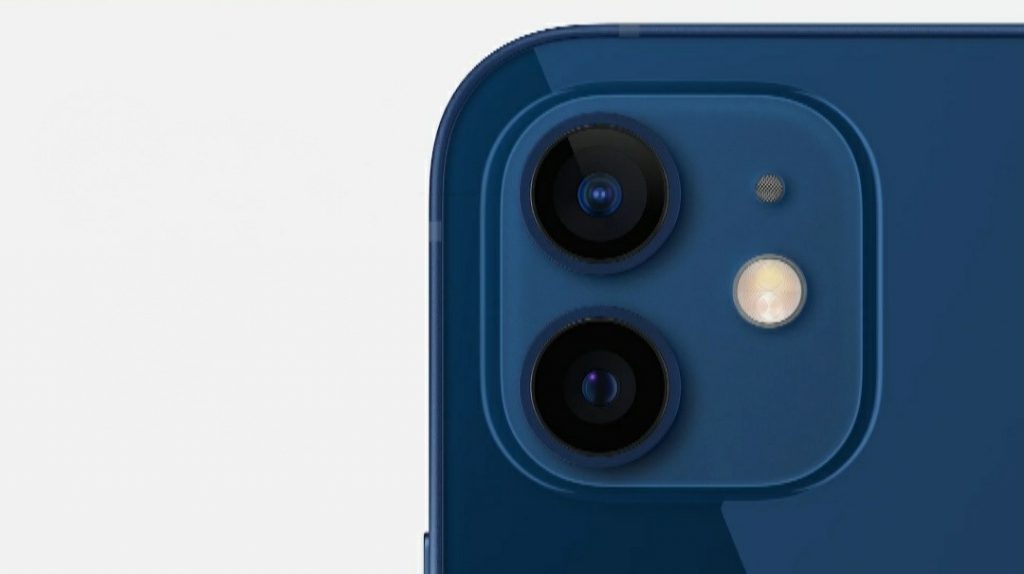
The 12 mini features new camera hardware in a similar setup to last year. A new 7-element lens provides 27% better low-light performance compared to the previous generation. Featuring a 12MP Main and Ultrawide lenses, it’s got similar sensor size to the iPhone 11 as well.
But with new software enhancements such as Smart HDR 3, Deep Fusion, and improved Night Mode with support for the Ultrawide lens as well, it should provide better final results compared to the 11.
And as usual, even the $399 iPhone SE will outperform a $1299 Android flagship in video, so the 12 mini should provide a great experience for video-centric folk. In addition to that, iPhone 12 mini can shoot Dolby Vision 10-bit HDR video at 4K up to 30fps, and even edit the files on the phone itself. This is a huge advantage for video shooters who want the best colors and dynamic range out of a smartphone.
5G Support
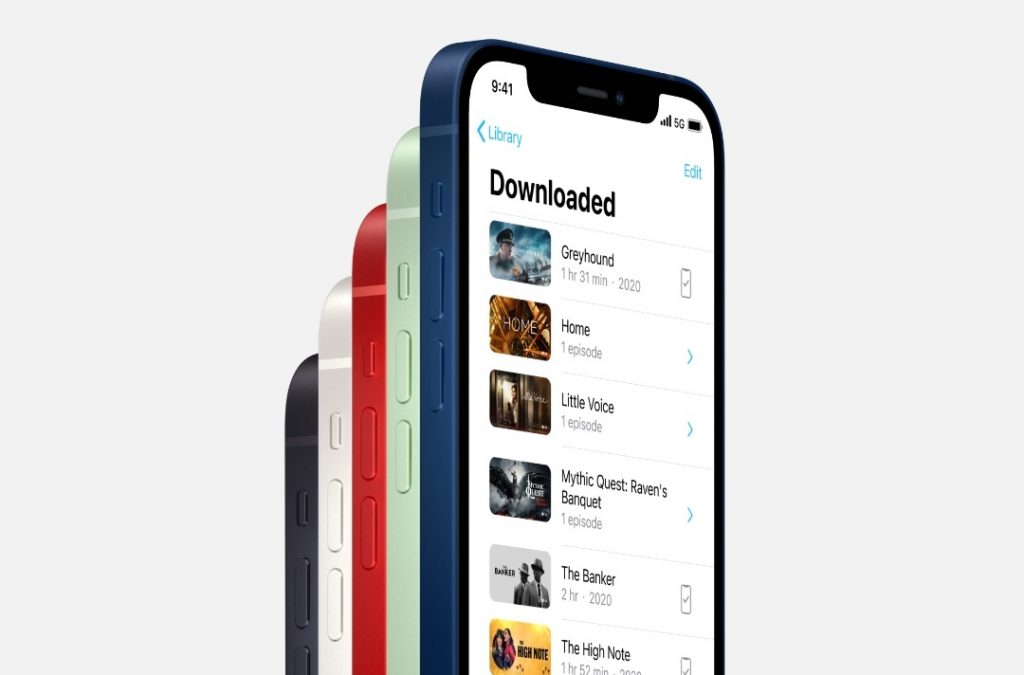
Ah, the second favorite buzzword of smartphone manufacturers after AI. The entire iPhone lineup including the 12 mini features both Sub-6 and mmWave 5G, for the best of both speed and range. But, new reports say that the mmWave is restricted to only US models. Featuring smart data mode — which switched between 4G LTE and 5G depending on the signal strength and application, gives the phone better battery life. Apple is also saying the 12 series have the most 5G bands compared to other smartphones, which should theoretically help with connection strength.
Improvements
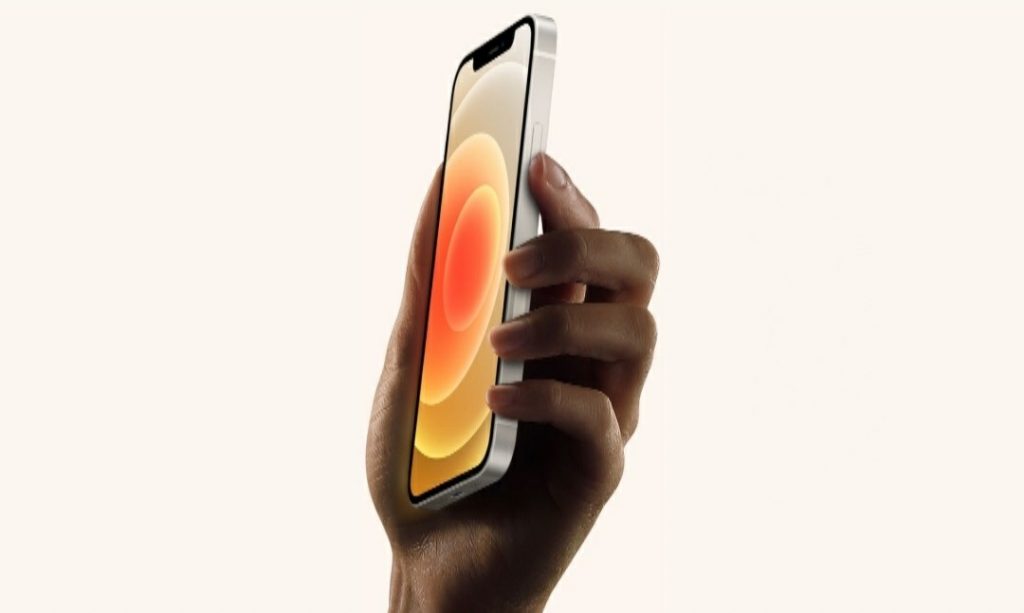
Aside from the headlining features, Apple has done some under-the-hood improvements. Face ID has gotten faster, and the speakers have gotten louder as well. With support for the new MagSafe chargers, we also get faster 15W wireless charging, and access to a boatload of first and third-party accessories.
On the software side, they’re also touting improvements to Smart HDR 3 and Deep Fusion for better images and videos.
Addressing the elephant in the room
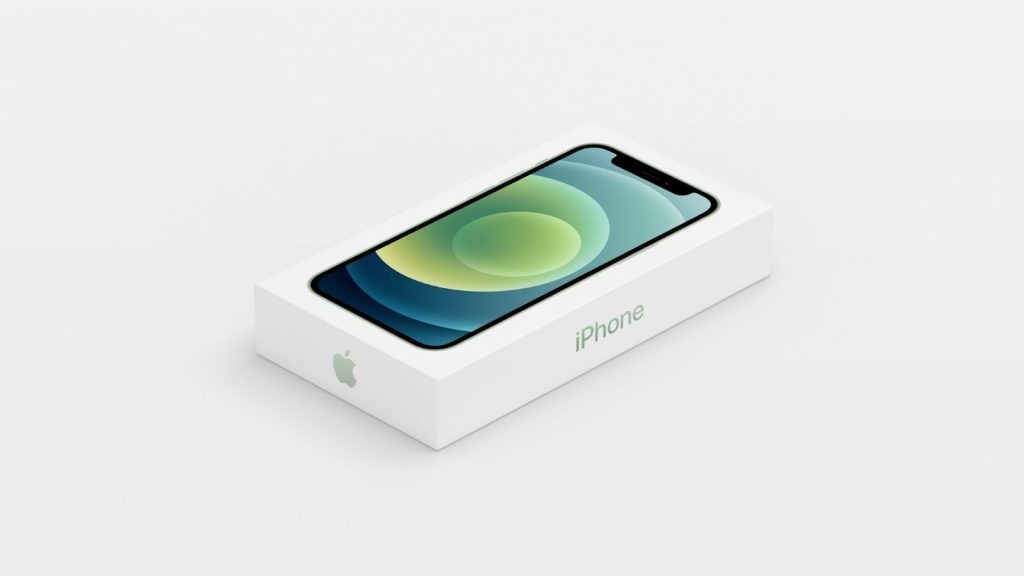
Yes, the leaks were right, there’s no Charging Brick or EarPods included with any iPhone this time — only a USB-C to Lightning cable. The box is physically thinner, which should enable more iPhones to be shipped per container. This will also extend to the iPhone 11 and XR.
This can be seen in two ways. The android camp will be shouting their heads off, saying it’s a greedy swipe by Apple to make users buy more accessories separately. While that may be true, their mission to reduce carbon emissions makes sense as well.
Just think about it — a majority of houses have a lot of charging bricks already. I’ve three Samsung chargers in my house, but we usually only use one. The other two eventually end up as e-waste. In this aspect, not including a charging brick is actually a great decision. But one thing that contrasts this mission is that the included charging cable is USB-C to Lightning. Many of the chargers we use, including the 5W Apple charger, are USB-A interfaces. So if you don’t have a charger with a USB-C port, you might have to end up buying a charging brick anyway, which is a bit contradictory. USB-C MacBook owners can rejoice now, though.
At the end of the day, the lack of a charging brick will make more people inclined to go with MagSafe as well.
The lack of EarPods clearly seems like a push by Apple to make people go wireless. Either with their AirPods or competing cheaper alternatives, Apple wants users to adapt to a wireless future so that when the port-less iPhone does arrive (yes, it will), people aren’t surprised or angry.
Pricing, Availability, and Conclusion
Starting at $699 for the 64GB model, and going up to $849 for the 256GB spec, the iPhone 12 mini continues to provide a relatively lower cost entry point to the Apple flagship lineup, while providing a fresh new compact design and new features. The 12 mini and 12 will be Apple’s cash cows this time, attracting even more Android users to switch over and tempting older iPhone users to upgrade. Apple’s playing the pricing strategy real well, and phones like the OnePlus 8T, Pixel 5, and Galaxy S20 FE are in grave danger at that price point.
Without significant price cuts from the Android side, the premium mid-range segment could be eaten up by Apple as well. This is a great upgrade for iPhone 6/6S/7/8 users as well, but recent iPhone 11 buyers have basically shot themselves in the foot (unless you’re satisfied with the current experience you have)
The iPhone 12 mini will be available for pre-order on the 6th of November, and in-stores / shipping on the 13th. The delay for the 12 mini and 12 Pro Max is due to the two models not yet receiving FCC approval.
Apple apple october event iPad iPhone iphone 12 iphone 12 pro iphone 12 pro max mac macbook macbook air macbook pro
Last modified: October 15, 2020
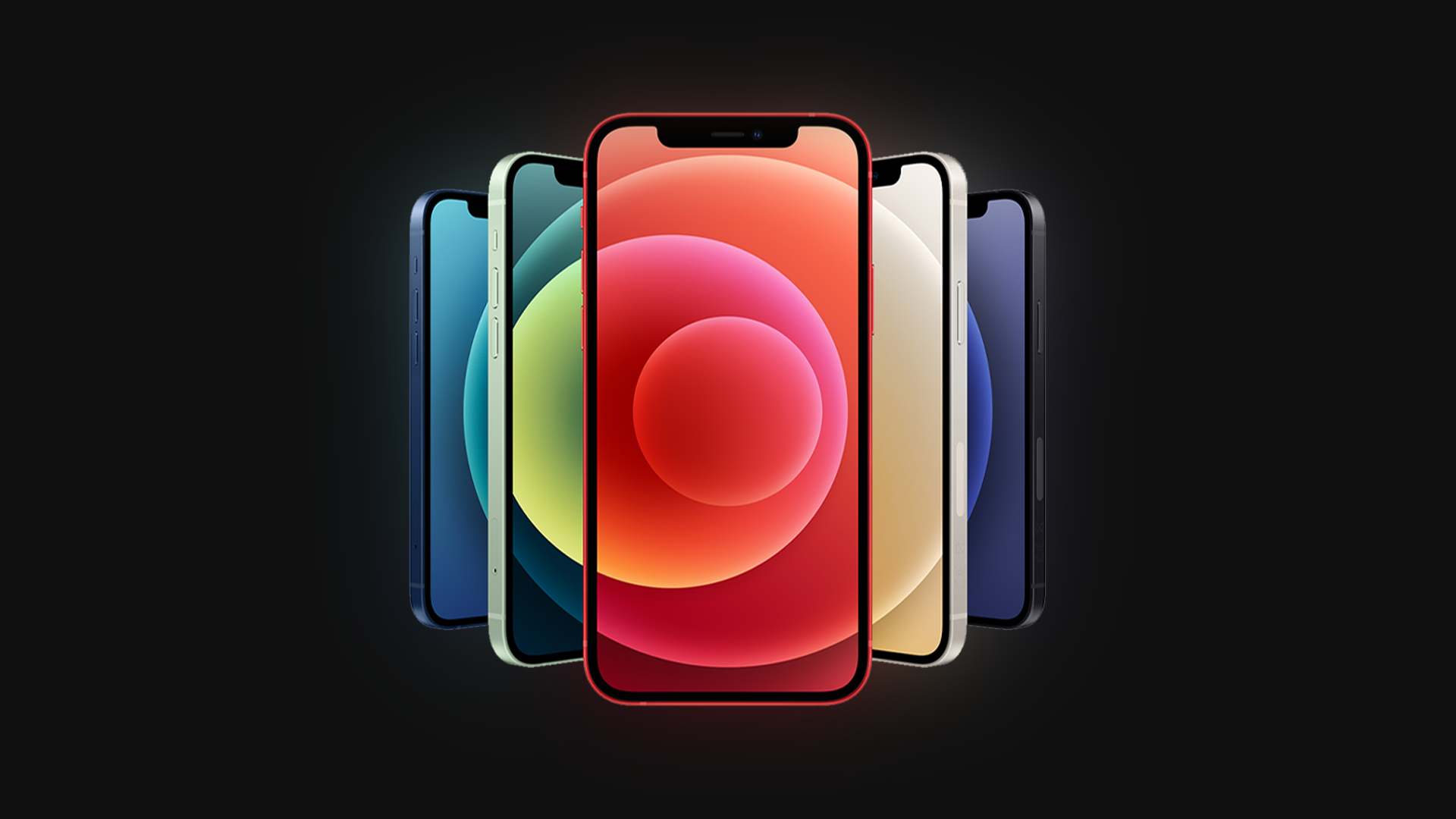


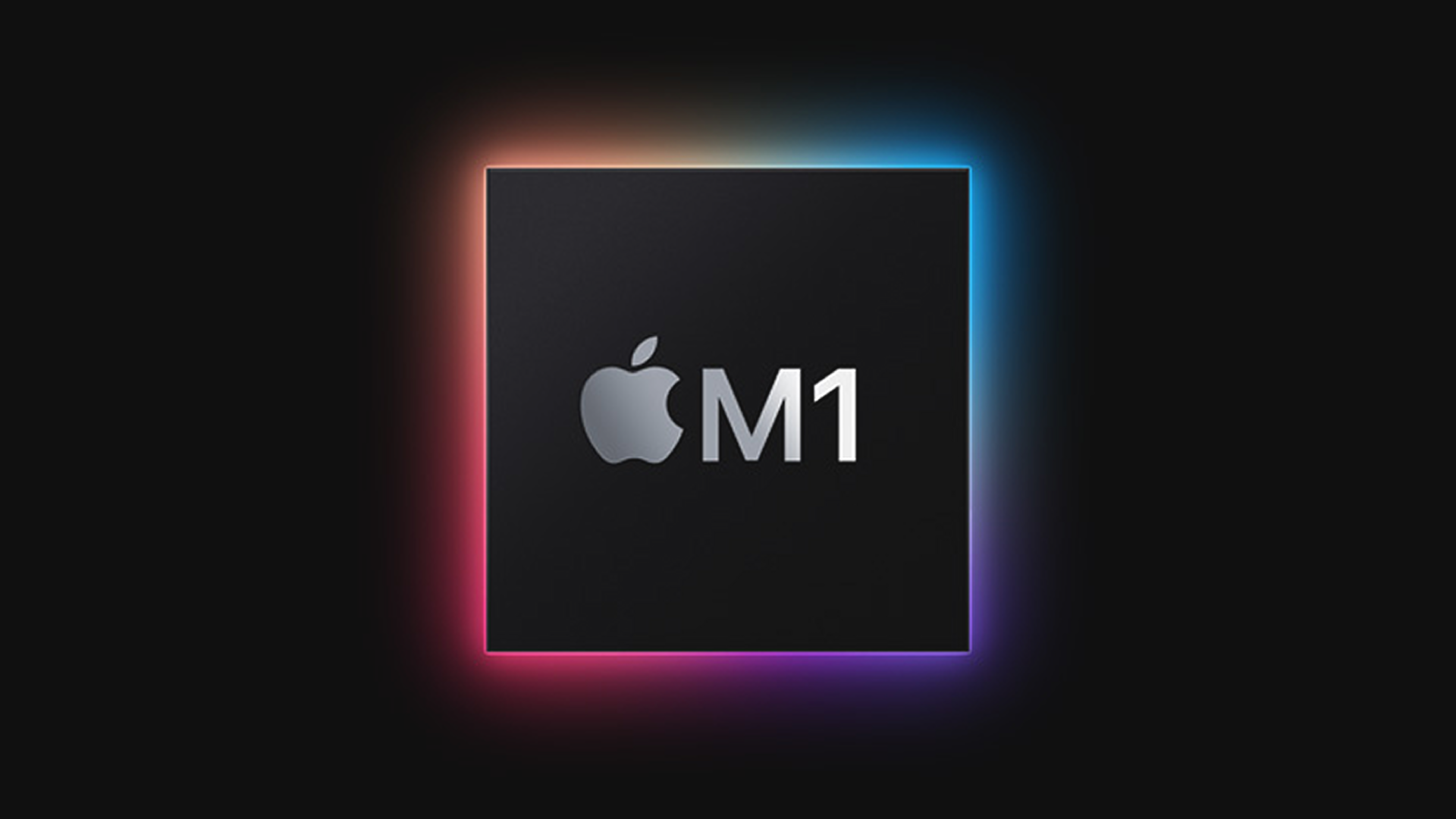
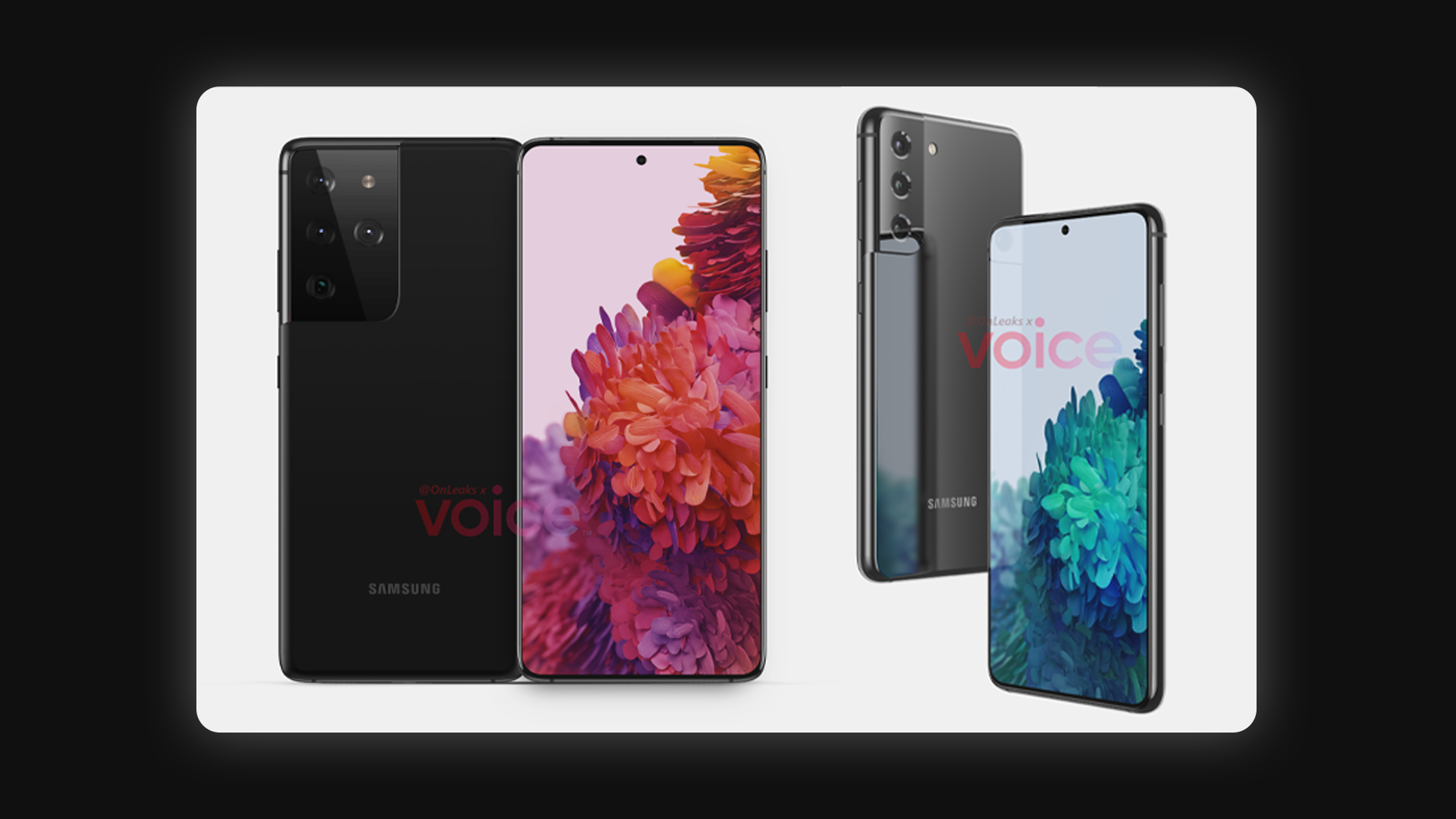
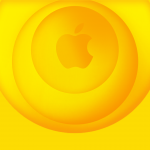
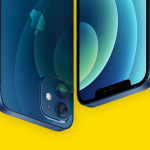

[…] iPhone 12 mini […]
[…] iPhone 12 mini […]
[…] iPhone 12 Mini / iPhone 12 Pro / HomePod Mini / MagSafe […]
[…] iPhone 12 mini […]
[…] iPhone 12 mini […]